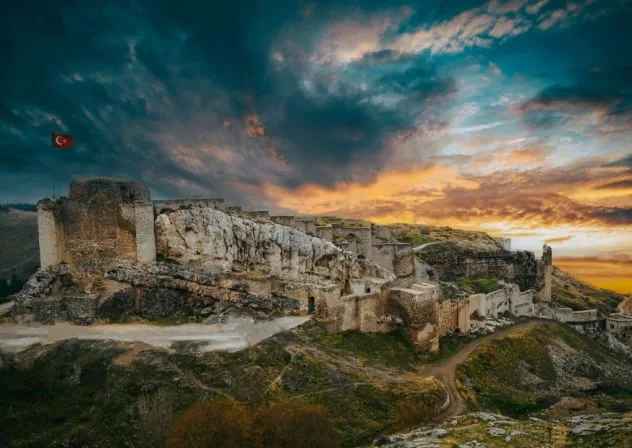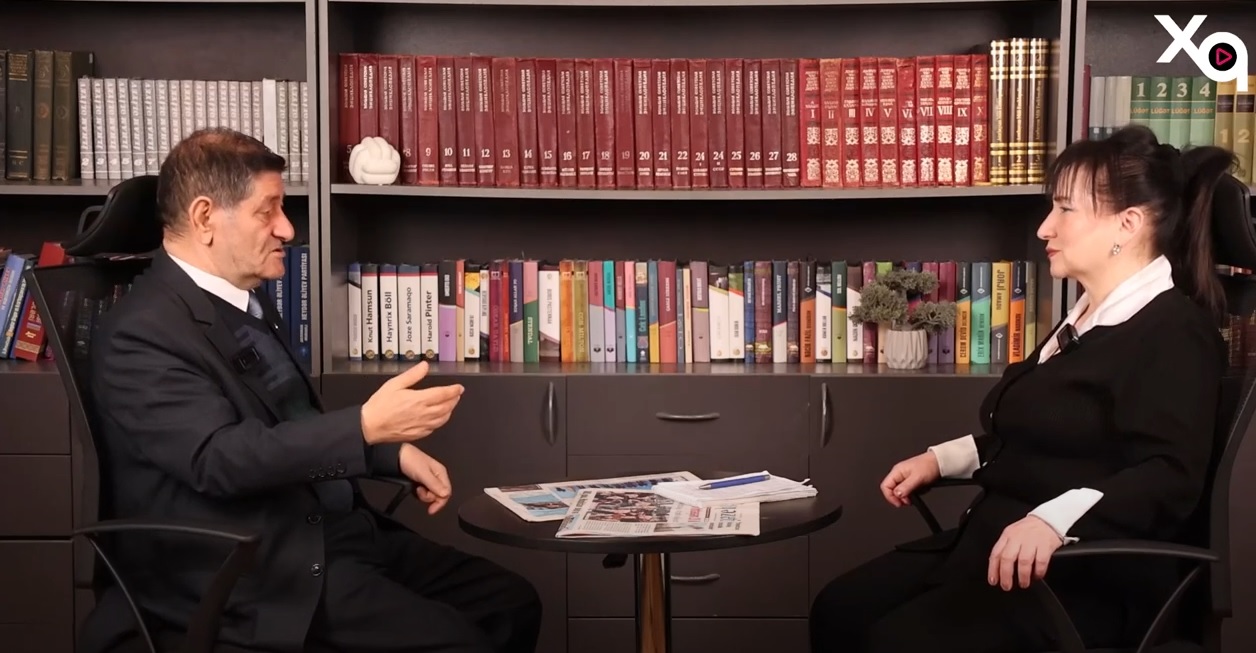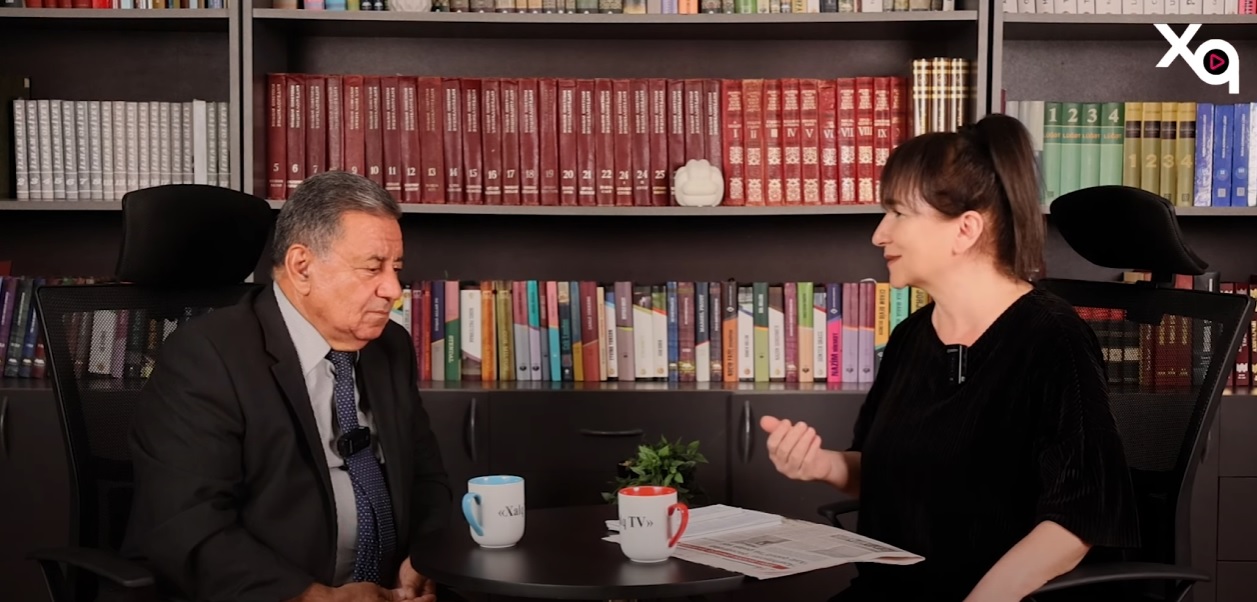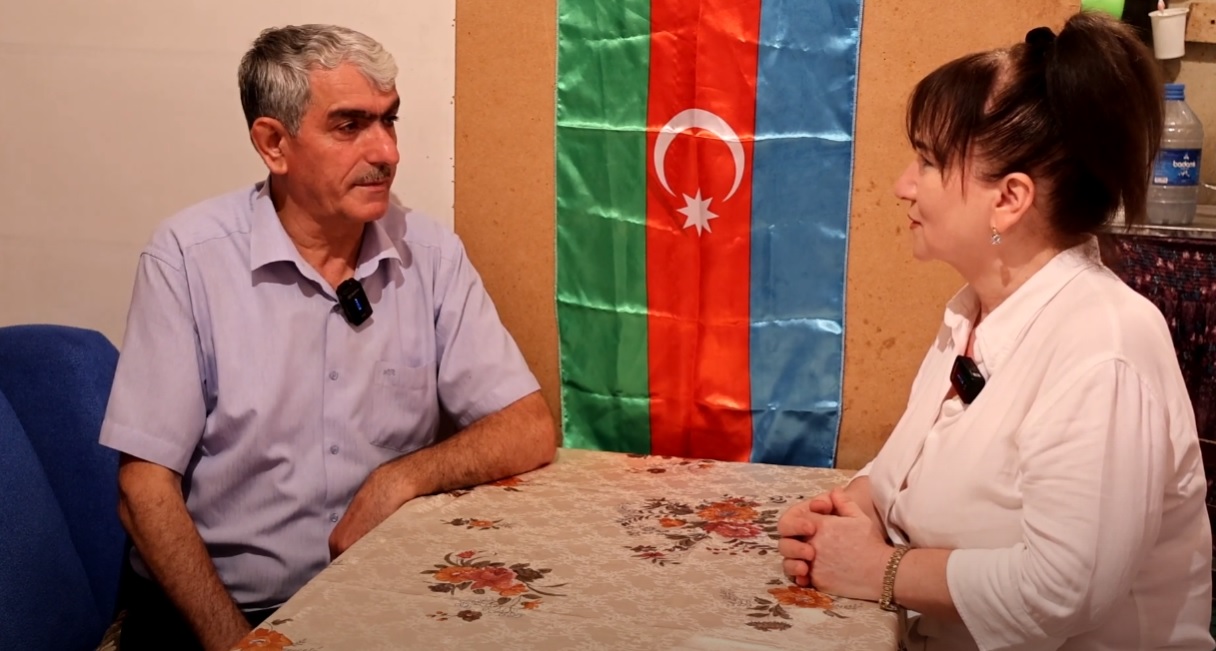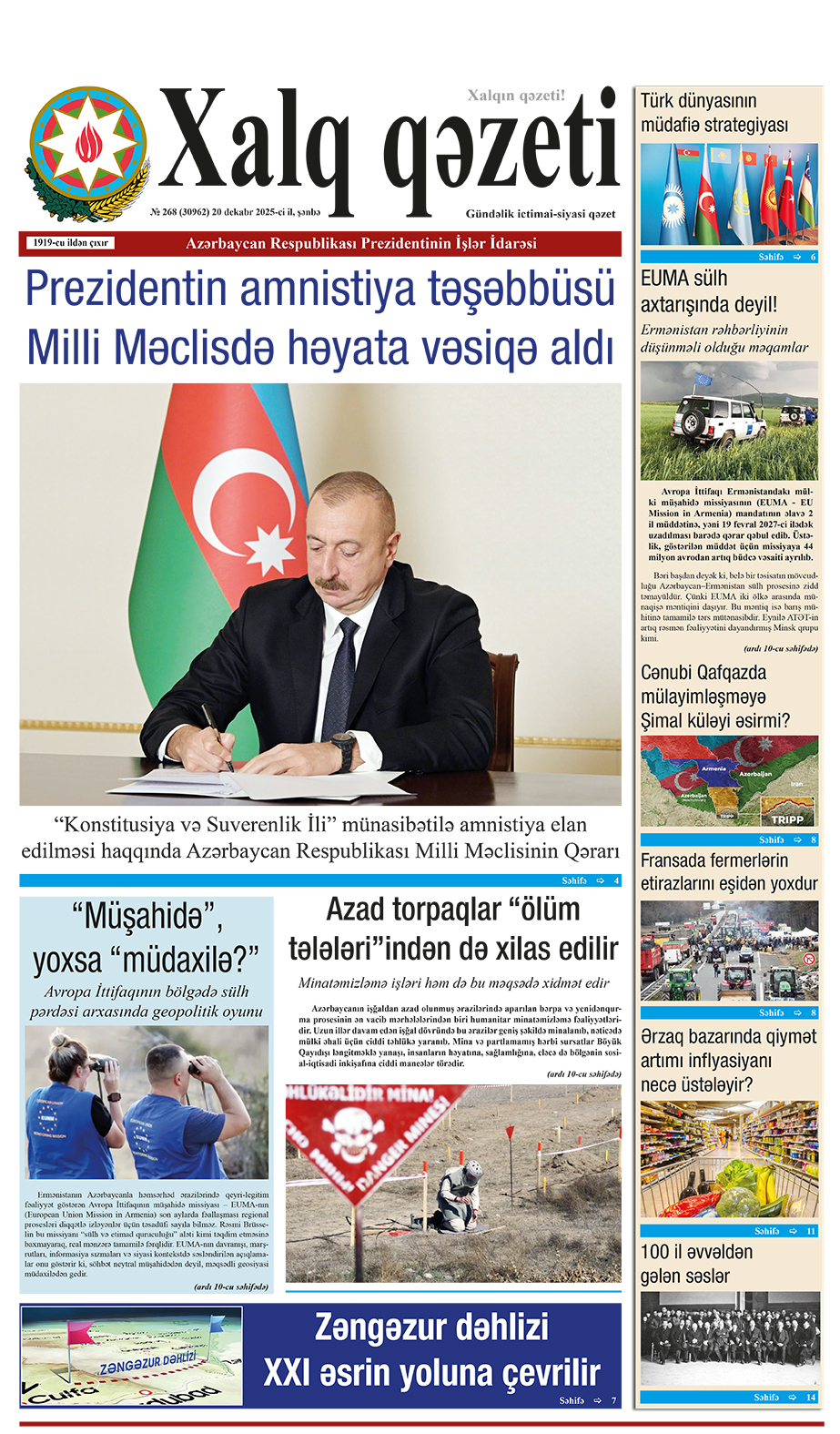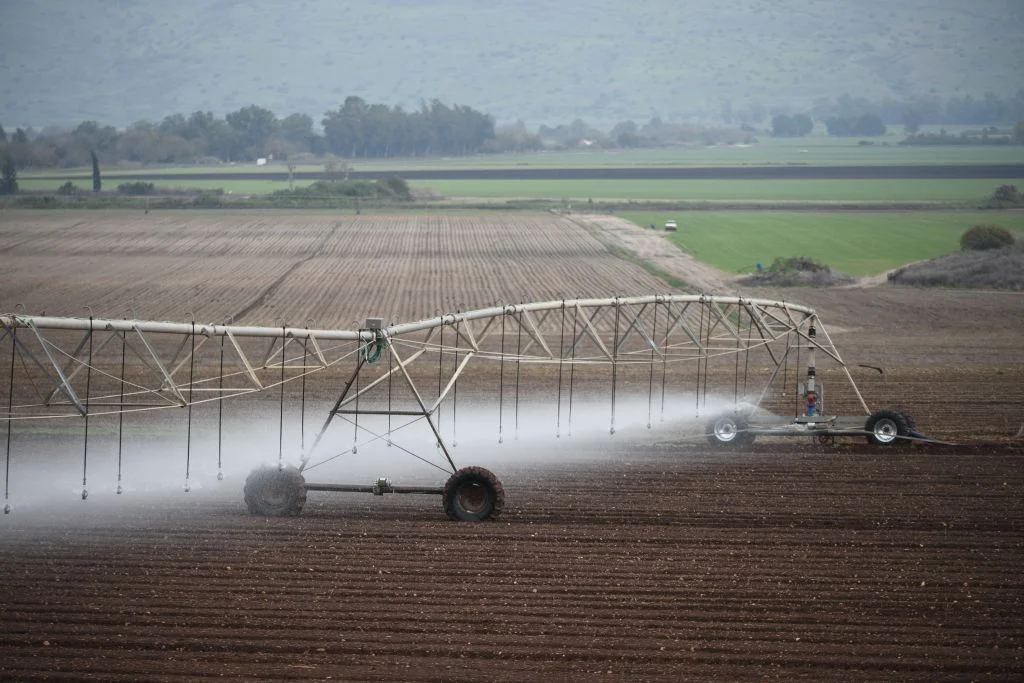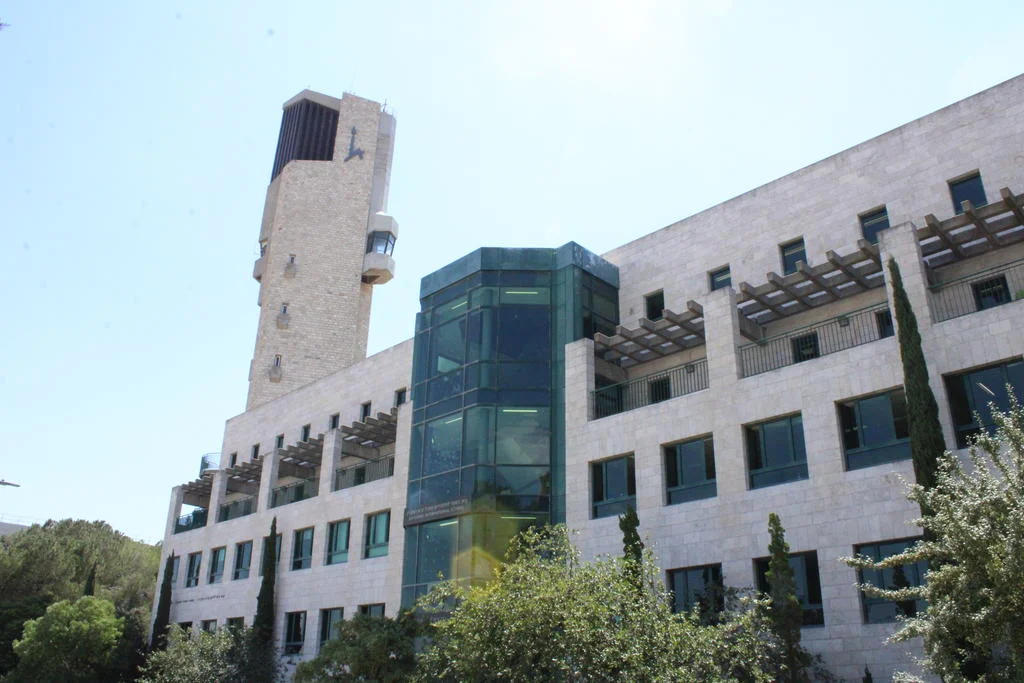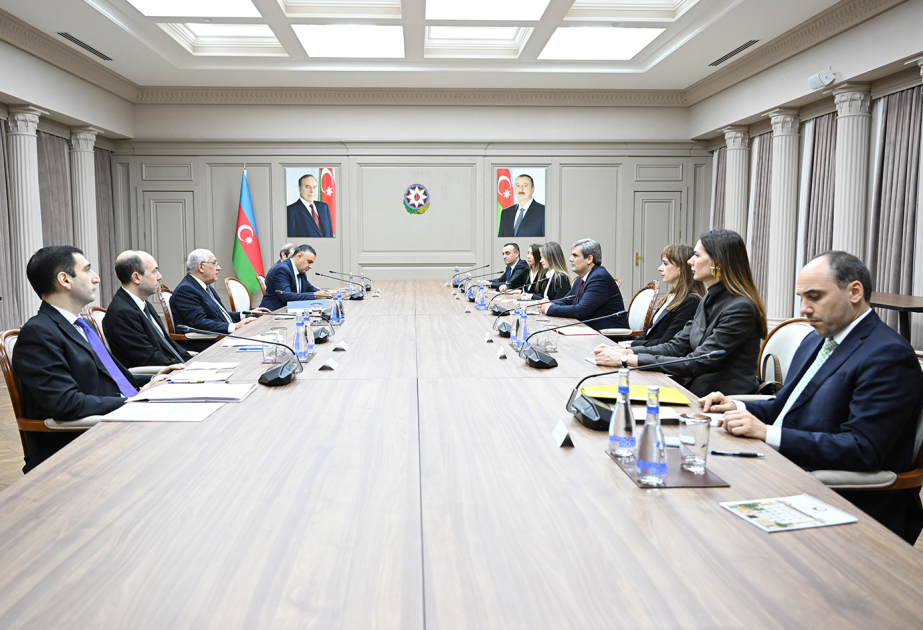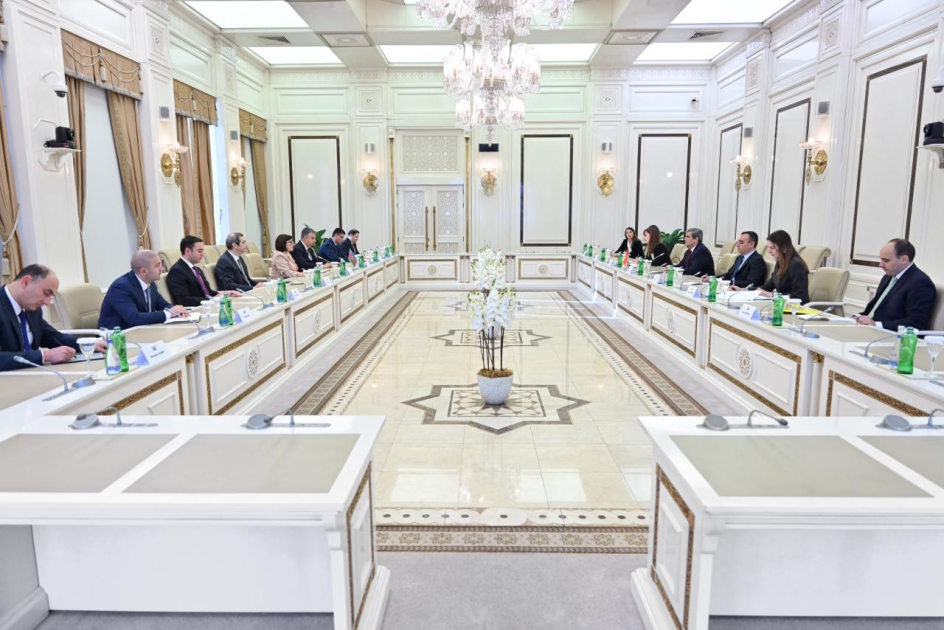Jerusalem Post
The 20-year-old’s incredible find may be linked to early medieval ceremonial practices and confirms the long-lasting importance of the ancient Roman road, Dere Street.
Yara Souza, a 20-year-old archaeology student from Orlando, Florida, discovered a 9th-century gold artifact just 90 minutes into her first excavation in Northumberland, reported Focus Online. The artifact possibly had religious or ceremonial significance, reflecting gold’s association with elite use.
The piece was four centimeters long, featured a decorative end, and resembled a small button-like knob. It was found on Dere Street, an ancient Roman road in Northumberland that remained in use long after the Roman Empire and today aligns with the A68.
“I can’t believe I found something this quickly on my first dig,” she said, calling the experience “overwhelming,” according to Digi24. “I was fascinated to find the knob-shaped piece, and I just got super excited,” said Souza. She had to forgo a planned excavation at the Roman fort Birdoswald last year due to illness. “All the more beautiful it was to be able to experience such a moment now,” she said. She participated in July excavations near Dere Street and in the Redesdale Valley alongside fellow students and museum professionals.
Dere Street ran between York and Edinburgh and carried supplies to the northernmost area of the empire in the 2nd century; it stayed in use long after the Roman withdrawal. “We know that Dere Street remained an important thoroughfare long after the Romans. It is possible that the objects there were buried intentionally,” and “from these finds it is clear that people of high status were using it,” said James Gerrard, professor of Roman archaeology at Newcastle University.
Souza’s gold object was almost identical to a round-headed pin found by a hobby archaeologist in 2021 that dated to approximately 800–1000 CE. The earlier piece was identified as a round-headed pin from the early medieval period. Experts believed the two similar artifacts were connected and may have had a ceremonial or religious use rather than being simple accessories.
“This is an exciting find of exceptional quality, and I am very pleased for Yara that she has made this discovery at the beginning of her career as an archaeologist,” said Gerrard. “That two such objects are appearing here is an indication of the importance of this place,” he added.
“This project is a great example of how metal detectorists and archaeologists can work together to enhance our understanding of the past in Northumberland,” said Andrew Agate, the artifact liaison officer for North East England.


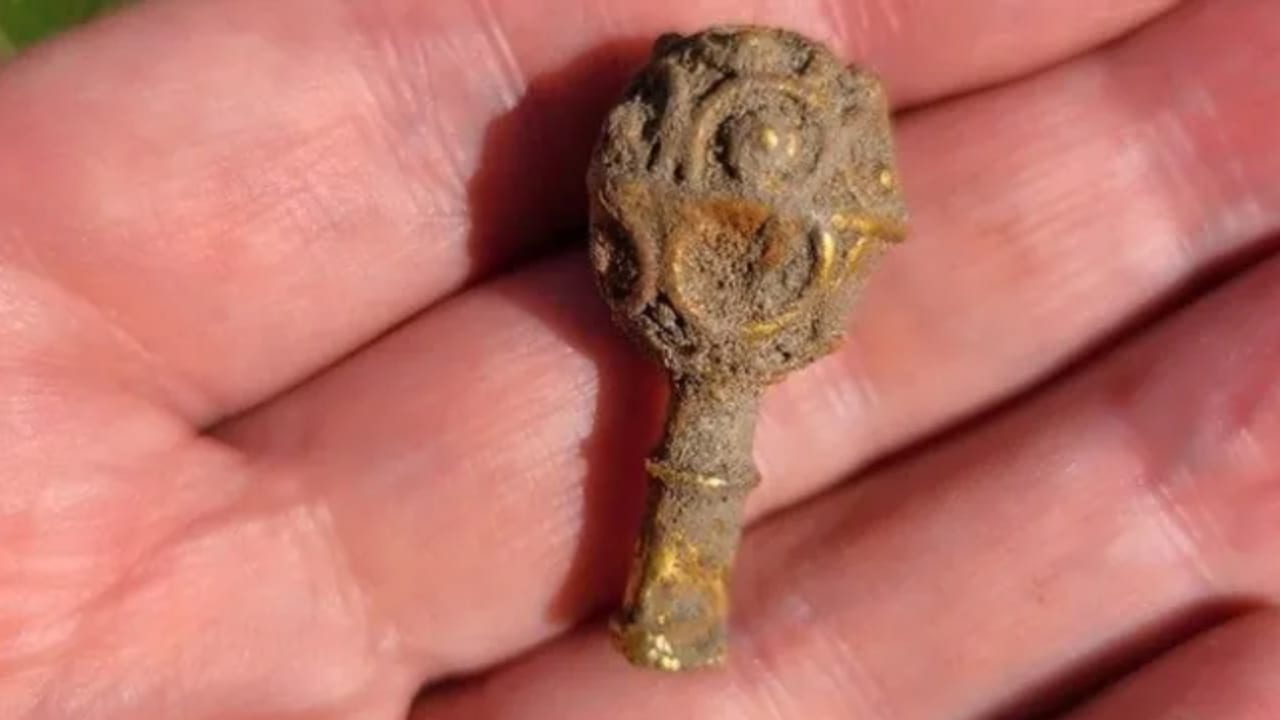
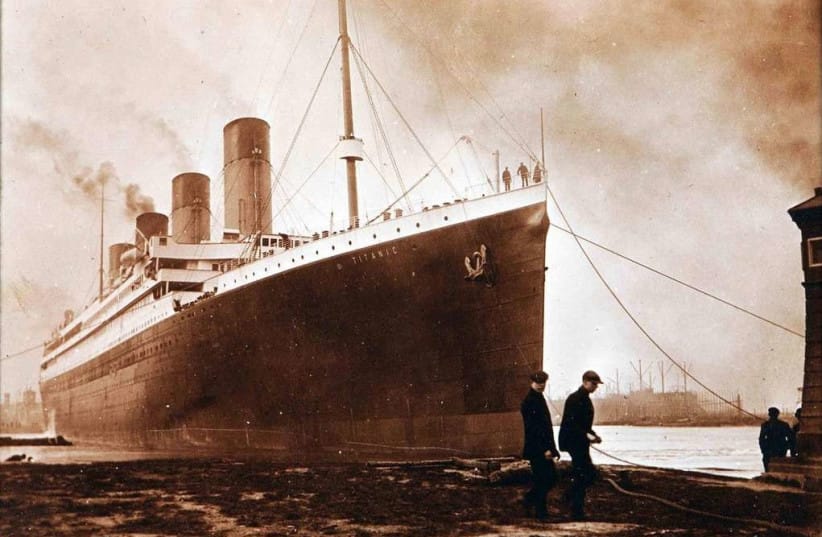
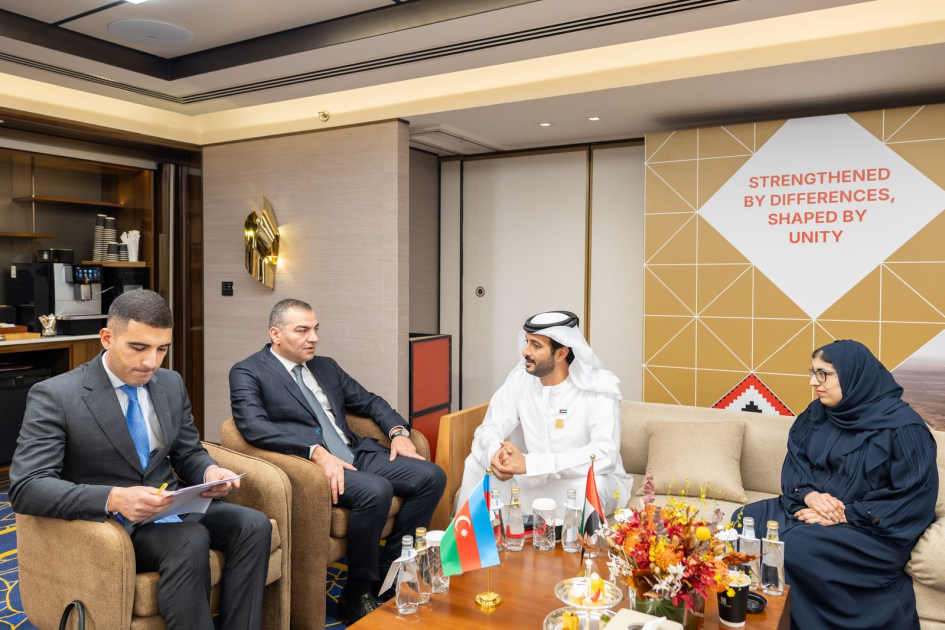
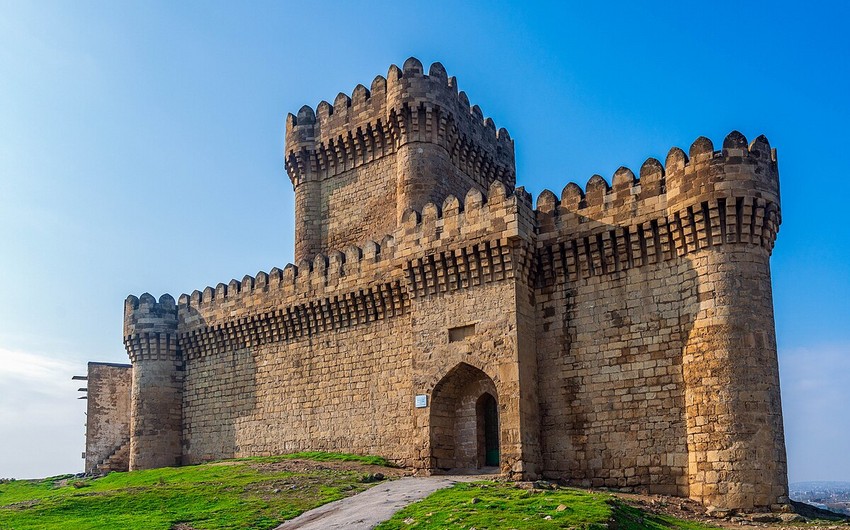
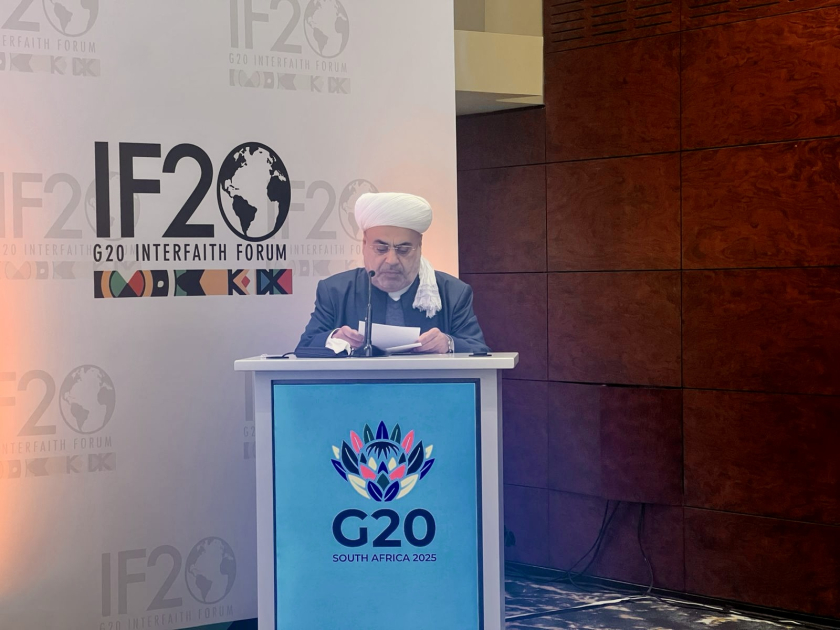


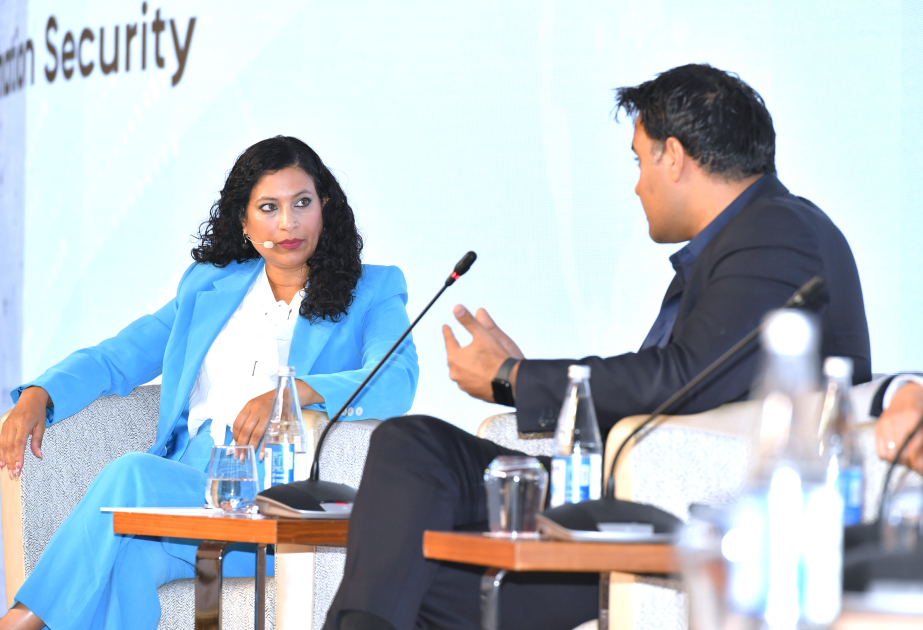
.jpg)
